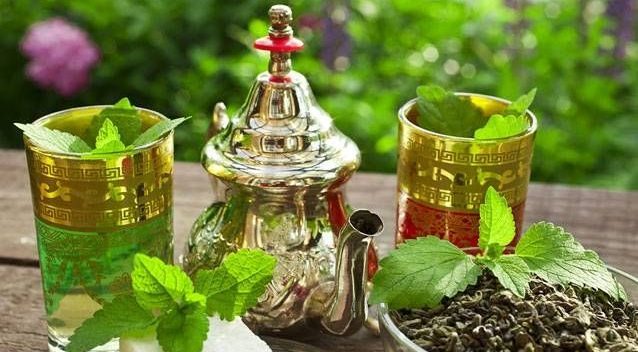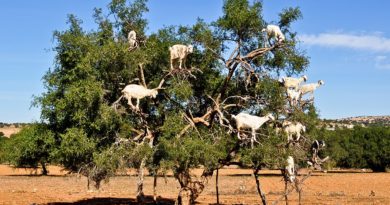The national drink of Morocco: Atay
Morocco is well-known for its rich and diverse culture, architecture, and cuisine. One of the most iconic elements of Moroccan culture is its national drink – mint tea, also known as “Moroccan tea” or simply as “Atay” to the locals. The word “Atay” is likely derived from “tea”.
This tea is not only a refreshing beverage but also an integral part of Moroccan social culture, playing a significant role in hospitality, social gatherings, and daily life.
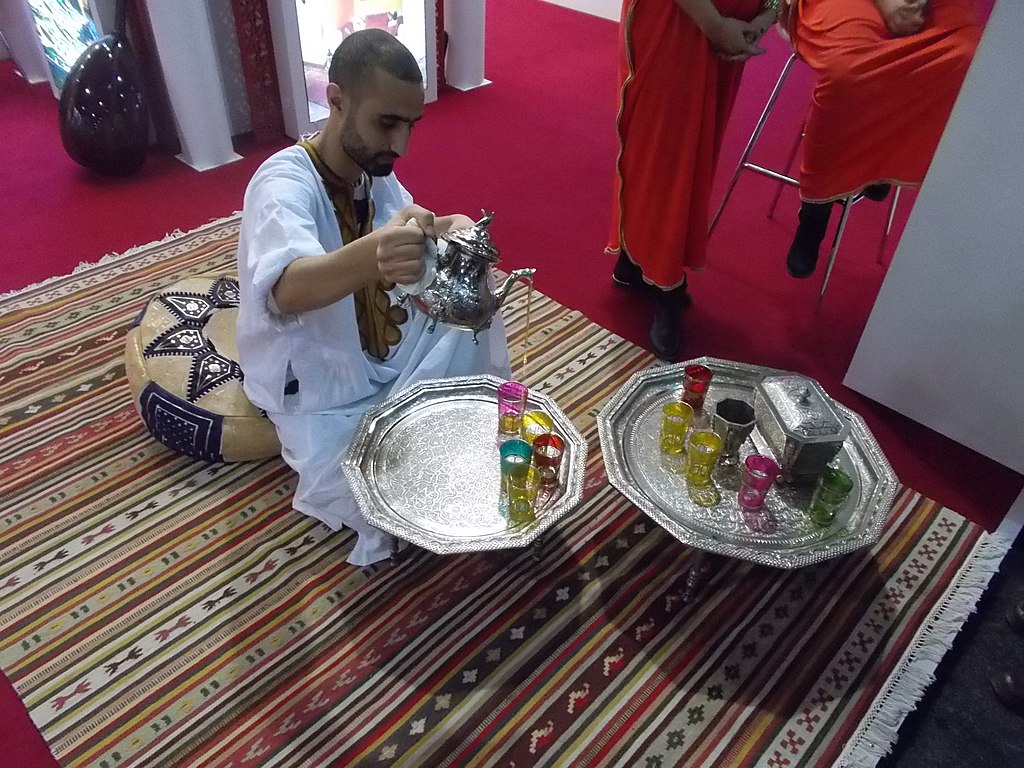
Moroccan mint tea is a blend of green tea leaves, fresh mint, and sugar. The tea leaves are steeped in boiling water with a handful of mint leaves, then strained into a pot containing sugar. The tea is served in small glasses, typically poured from a height to create a frothy top layer. The tea is usually served with small snacks like almonds, dates, or pastries.
Although mint is the standard herb used with tea, other herbs are also used depending on the season. During winter, wormwood (known as shiba) is often used for its warmth and strong flavor. In the spring/summer fresh lemon verbana is also added. While during the bloom season, buds of the orange blossom are added as well.
Moroccan mint tea is not just a beverage; it is a symbol of hospitality and friendship. In Moroccan culture, serving tea is a way of welcoming guests and showing them respect. Visitors are offered mint tea upon arrival, and it is customary to drink at least three glasses of tea before politely declining further servings.
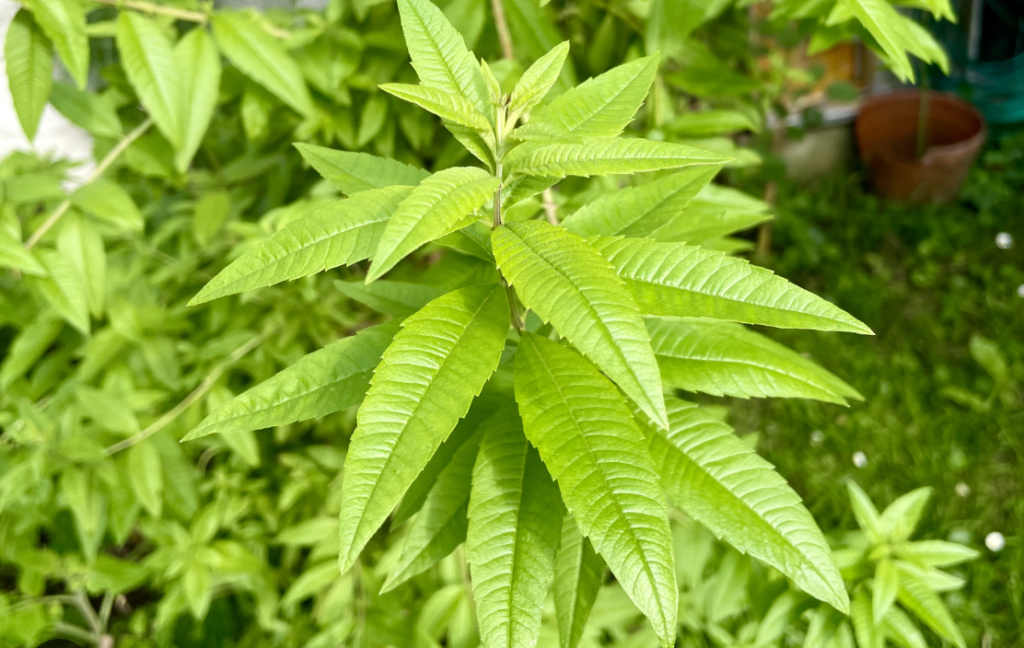
In addition to its role in hospitality, Moroccan mint tea is also a crucial element in social gatherings. Moroccan families and friends often gather in the afternoon or evening to enjoy a cup of mint tea and socialize. In some regions of Morocco, such as the Rif Mountains, it is customary for people to sit in a circle, pass around a single teapot, and share the tea among themselves.
Moreover, Moroccan mint tea has a significant impact on daily life. It is often consumed in the morning or after meals as a digestive aid. Mint has cooling properties and is believed to aid digestion, making it a popular choice after a heavy meal.
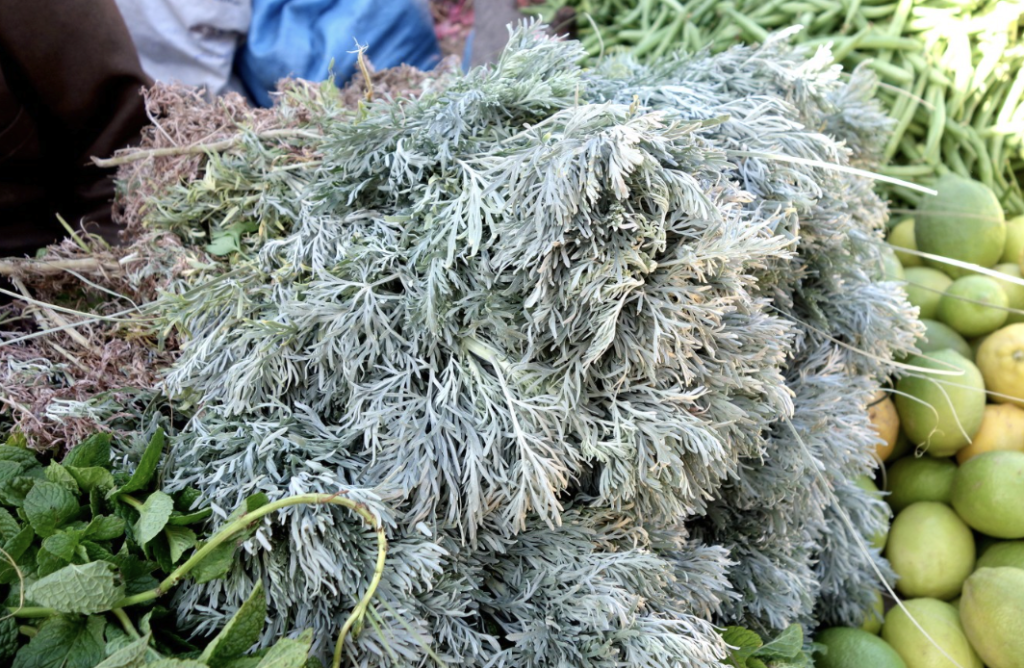
The art of making the perfect cup of mint tea takes time and practice, and it is considered a mark of skill and hospitality. It is said that the longer the tea is brewed, the better it tastes, and the thicker the froth, the more hospitable the host.
In Morocco, making mint tea is not just a simple process of boiling water and steeping tea leaves. It is a ritual, a way of life that is passed down through generations.
